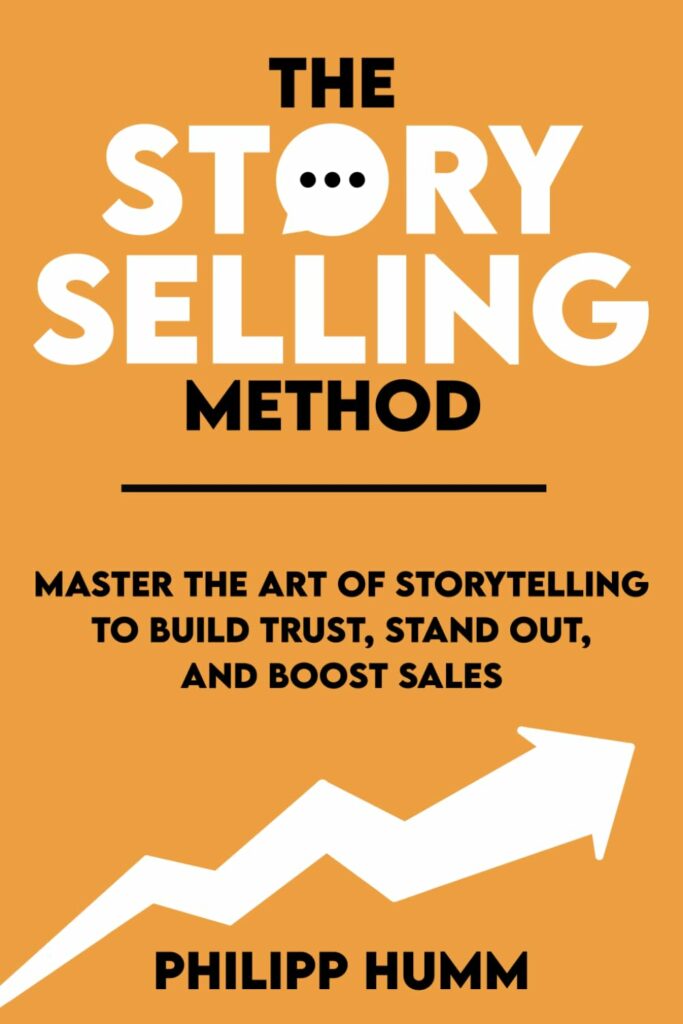Explore More
Entrepreneurs Setting Up for Success: How to Craft Your Brand Story, a Value Proposition & a Perfect Elevator Pitch

Entrepreneurs face a myriad challenges trying to bring their ideas to market, one of which is succinctly communicating what their business is all about. Most successful entrepreneurs use the elevator pitch to communicate their unique selling proposition. This brief monologue can be a make-or-break moment, especially when time is scarce, and attention spans are shorter. But, what elements are essential for crafting the perfect elevator pitch that resonates with your ideal clients and help them take action?
The Components of a Perfect Elevator Pitch
Creating an impactful elevator pitch necessitates a clear understanding of its core components. There are several elements every pitch should include to captivate and convince your audience effectively.
Entrepreneurs Develop the Ability to Understand the Audience
Know who you are talking to. Tailoring your pitch to the listener’s background, interests, and area of expertise is crucial. The same pitch might not work for a venture capitalist that works for a potential customer or a partner.
“You have to know what makes your audience tick” advises Bill Murphy Jr. from Inc.. Knowing their pain points and what they value will allow you to tailor your message for maximum impact.
Simplicity is key. Resist the temptation to overcomplicate your pitch with jargon or too many details. Aim for clarity. The ideal length of an elevator pitch is between 30 to 60 seconds. To stick within this time frame, focus on key points that deliver your message succinctly.
A compelling elevator pitch begins with a strong hook. This is your chance to seize the listener’s attention. It might be a startling statistic, a thought-provoking question, or a bold statement about your business. For example, you might say, “Did you know that 60% of small businesses fail within the first three years? Our solution ensures yours won’t be one of them.”
Identifying the Problem
Quickly move to identify the problem or need your business addresses. This establishes the relevance and urgency of your offering. Be specific and relate it to a real-world context your listener can understand.
Example: “Small business owners often struggle with financial planning, leading to mismanaged funds and eventual failure.”
Your Brand Story, Solution and Value Proposition
Explain how your product or service solves this problem. This section is about demonstrating the value your business brings to the table. Highlight what sets your solution apart from the competition. Use terms like value proposition and unique selling proposition (USP) to frame your offering’s distinctiveness.
Example: “Our app provides small business owners with customised financial plans, automatic expense tracking, and expert advice, enabling them to make informed financial decisions.”
Call to Action
End with a strong call to action (CTA) that motivates the listener to take the next step. Whether it’s scheduling a meeting, trying a free demo, or connecting on LinkedIn, make your desired action clear.
Example: “I’d love to show you a demo of our app. Can we schedule a time next week?”
Emotional Appeal and Brand Story Selling
A well-crafted elevator pitch doesn’t just inform; it evokes emotion. By telling a relatable story or using emotive language, you can forge an immediate connection with your listener.
“People may forget what you said, but they will never forget how you made them feel,” Maya Angelou wisely observed. Integrating a brief anecdote or case study not only humanises your pitch but also provides tangible proof of your solution’s efficacy.
Example: “One of our clients, a bakery owner named Sarah, was on the brink of closing her business. After using our financial planning app, she turned her bakery into a thriving community hub and doubled her profits in just six months.”
Practice is indispensable. Rehearse your pitch until it feels natural but not scripted. Seek feedback from peers and mentors, and be open to making adjustments. Consider different scenarios and practice delivering your pitch in varying levels of detail. You never know when you might have a three-minute opportunity versus a thirty-second window.
Feedback is a gift. Use it to refine and perfect your pitch continually. Be observant of your listener’s reactions and tweak your approach accordingly.
According to Harvard Business Review, feedback loops are integral to improving communication skills in any business context. They suggest: “Observe non-verbal cues and adapt your pitch to maintain your listener’s engagement.”
“What to expect from The StorySelling Method:
In this step-by-step guide on everyday business storytelling, you’ll learn how to:
✓ Turn any moment (even the most boring one) into a captivating story
✓ Find, craft, and deliver the five fundamental story types that will yield the best results
✓ Build the confidence to share a story at any opportunity
✓ Weave stories into any sales conversation naturally and authentically
✓ Make storytelling an essential part of your communication”- Philipp Humm
Final Thoughts
A successful elevator pitch combines preparation, clarity and emotional resonance. It is not just a recitation but a real conversation starter that communicates the essence of your business compellingly through the power of your brand story.
Constant refinement and an acute understanding of your audience’s needs and perspectives will enable you to deliver an elevator pitch that doesn’t just open doors but also sets the stage for entrepreneurial success.
Do you want to share your professional opinion and inspire our readers ? YOUR EXPERTISE could be paving the way for a fairer society and progress.




